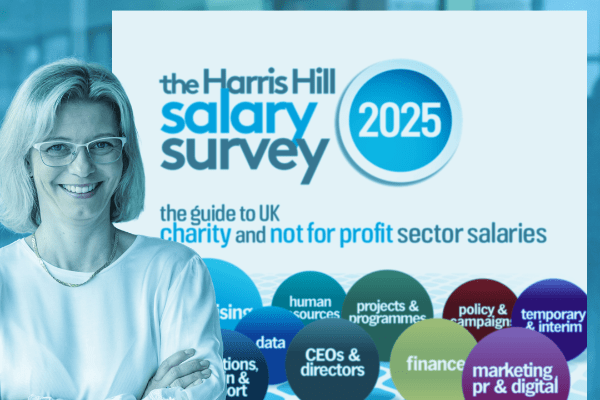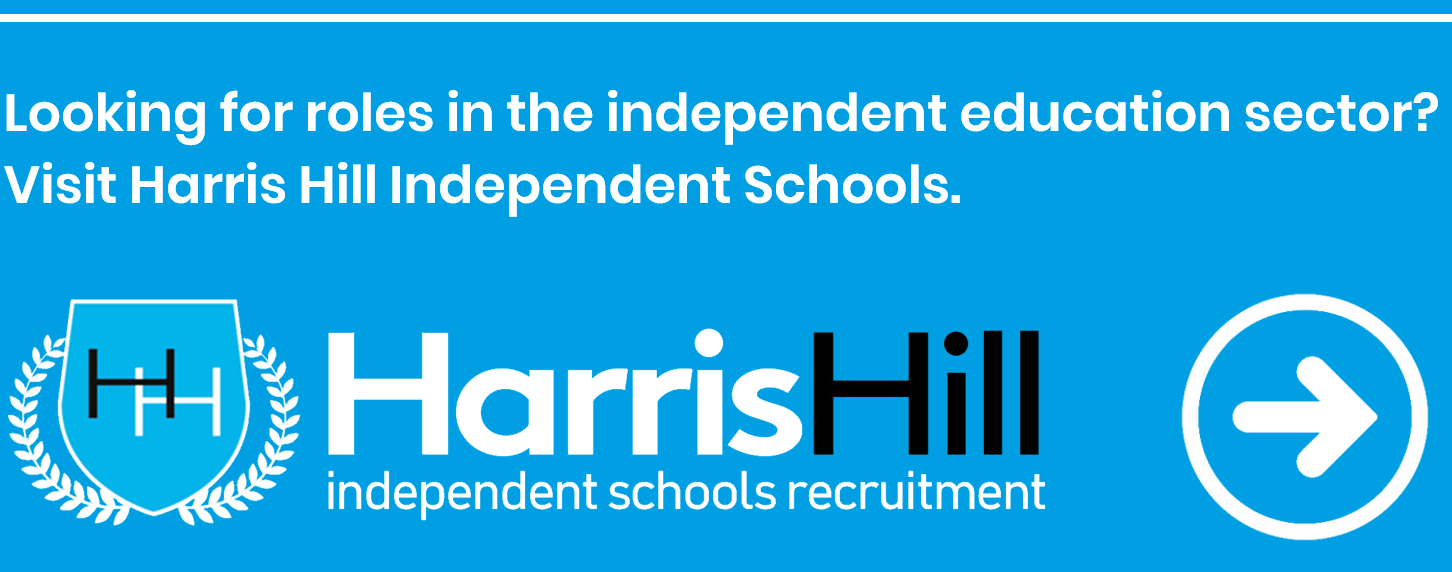With Covid-19 raging on, many charities have seen the demand for their services increase while funding, due to cancelled events and financial uncertainty, has decreased.
MDS UK, a charity supporting patients of Myelodysplastic Syndromes (MDS) - a rare blood cancer - is participating in the 20:20 campaign to replace some lost income, but urgently needs more participants!

What is MDS?
MDS is a group of malignant blood disorders in which the bone marrow fails to produce healthy blood cells. All types of blood cells can be affected, causing a range of symptoms:
Red cells (erythrocytes) – which carry oxygen to organs and tissues in the body. Anaemia occurs due to a lack of red cells (also referred to as low haemoglobin), which may lead to fatigue and shortness of breath even on light exertion.
White cells – which collectively fight against infection. Recurrent and persistent infections are a common symptom of MDS due to low white cell counts.
Platelets (thrombocytes) – which prevent us from bruising and bleeding. A low platelet count can cause bruising, rashes and nose or gum bleeds.
In some patients, MDS can progress to Acute Myeloid Leukaemia (AML). In AML, abnormal cells grow very rapidly, building up in the bone marrow and blood.
While some patients live with their MDS diagnosis others will unfortunately pass away. A stem cell transplant is the only cure, but this carries inherent risks and can only be performed on younger, fitter patients.
What does MDS UK provide?
MDS UK aims to raise awareness of MDS, offers support and information to patients and families, and campaigns to increase the quality of life and make treatments available to those affected by the disease.
The charity provides patients with access to a list of UK consultants specialising in MDS at specialist centres, a helpline for support and advice and national patient information meetings with specialist speakers.
Patients can meet each other through MDS UK’s regional support group meetings (where they meet informally and hear from local consultants and nurses) and an online forum to share their experiences with others.
MDS UK also recently funded its first research project aiming to improve treatment options for patients. Further research like this is essential due to the lack of MDS awareness among the public and medical profession and the lack of treatment options.

Case Study
MDS UK’s Chairman and MDS patient, Ted Peel, was diagnosed in 2015 following extreme fatigue, coughing up and passing of blood and several uncomfortable bone marrow biopsies.
“Following an unsuccessful period of medication to remedy low a white blood cell count, I was hospitalised three times with sepsis where my temperature plummeted to 32C”, says Ted. “I was soon told that I needed a transplant.”
Ted’s transplant treatment scheduled for this spring was sadly postponed as it was deemed too unsafe to be admitted to the hospital which was making provisions for Covid-19 patients.
He was delighted and relieved when told at a more recent consultation that he would be admitted promptly for the treatment as Covid-19 cases in London have decreased.
“It’s great to be given another chance at life”, says Ted. “I want to thank MDS UK for their continued support. They’ve been amazing, giving me advice and a helping hand when I’ve needed it most. However, our small charity needs more support.”

20:20 Campaign
Due to Covid-19, MDS UK is facing financial hardship as the events it relies heavily on for income have been postponed or cancelled and demand for services has increased.
Therefore, they were delighted when contacted about the 20:20 campaign which was set up to replace some of the funds lost by rare cancer charities.
Participants will simply complete one challenge a day for 20 consecutive days between September 20th and November 20th and encourage friends and family to support them via the campaign JustGiving page.
The challenges DO NOT have to be fitness / exercise based and can be as imaginative as the participants please, e.g. “bake 20 cupcakes” or “20 minutes of knitting.”
There is no minimum financial target and the campaign may receive celebrity endorsement and media coverage! All funds raised by MDS UK’s participants will go directly to the charity.

Appeal
MDS UK urgently needs more participants to help it continue providing life-changing support for MDS patients like Ted and their loved ones, ensuring that, as the campaign strapline reads: “Cancer doesn’t stop for Covid!”
If you would like to participate or for more information, contact Jan Edwards (MDS UK’s Fundraising Officer)and visit the event page.
For more information about MDS and MDS UK visit their website. You can read Ted’s full story here.
Thank you!
For a copy of the event poster click here.
Blog post written by Jan Edwards (MDS UK's Fundraising Officer).
More from the Harris Hill blog
 | 12 tips for video interview successInterviewing via video is the new normal for now, and if it's also new to you, here are some practical tips on the process from our executive recruitment experts, courtesy of director Jenny Hills.
| |
|
|
|
 |
| How to work well from homeMillions of us are doing it, but is working from home really working for you? Nicola Greenbrook has the lowdown on the lockdown and advice to help you turn the new arrangements to your advantage.
|
-

Opportunity for all
Find out how we’re working to deliver more diverse, equitable and inclusive recruitment…
-

Recruiting a charity CEO?
Our executive recruitment specialists have an exceptional record of successful CEO, chair, trustee and…
-

Charity sector salaries
Our 2025 Salary Survey has the latest rates and expert insight for roles throughout the sector.













